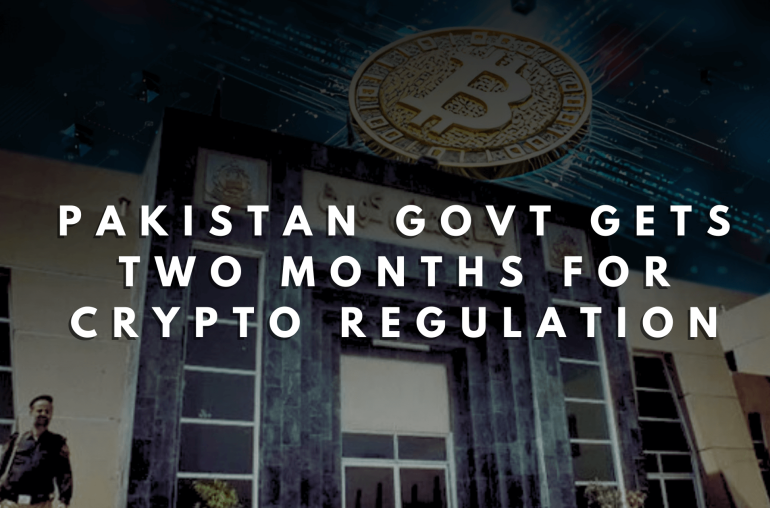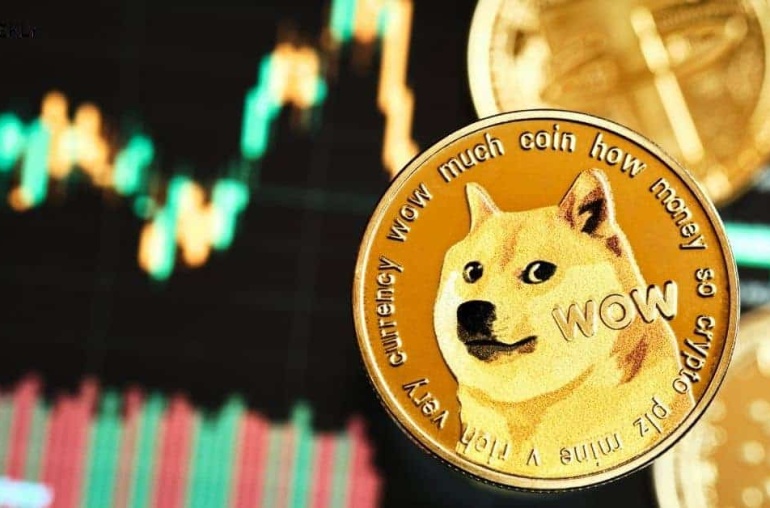The cryptocurrency market faced a sharp downturn this Friday, with Ethereum (ETH) leading the slide after dropping nearly 6% in a single day. This sudden sell-off comes as investors worldwide respond to escalating geopolitical tensions in the Middle East, prompting a significant shift from riskier assets like cryptocurrencies to traditional safe havens such as gold and the US dollar.
Geopolitical Unrest Shakes Global Markets
The catalyst for the latest market turbulence was a dramatic escalation in the ongoing conflict between Israel and Iran. According to multiple reports, Israel launched a series of large-scale air strikes targeting Iranian nuclear and military facilities, as well as key army commanders and scientists. Israeli officials have stated that these actions are only the beginning of a broader military campaign, raising fears of a prolonged and potentially destabilizing conflict in the region.
This intensifying unrest has sent shockwaves through global financial markets. Investors, already on edge from recent economic uncertainties, are now grappling with the potential for a wider regional conflict that could disrupt energy supplies, impact global trade, and further destabilize already volatile markets.
Ethereum and Crypto Market Performance
Against this backdrop, Ethereum experienced a significant decline, falling 5.8% to $2,536.6 on Coinmarketcap as of 21:21 GMT. Other major cryptocurrencies also suffered losses, reflecting a broader risk-off sentiment among investors. Bitcoin, the world’s largest cryptocurrency, also saw notable declines, while smaller altcoins faced even steeper drops.
The sell-off in digital assets is part of a larger trend, as investors seek to reduce exposure to high-risk assets amid mounting uncertainty. Cryptocurrencies, often viewed as speculative investments, are particularly vulnerable during periods of heightened geopolitical tension, as traders opt for more stable and traditional stores of value.
Also read: How to Use AI for Altcoin Research (ChatGPT & Grok Guide)
Surge in Safe Haven Assets
As risk aversion took hold, traditional safe haven assets saw a surge in demand. Gold, often considered the ultimate safe haven during times of crisis, rose 1.5% to $3,452.8 an ounce, marking a 3.2% gain for the week. Oil prices also soared, with Brent crude futures for August delivery climbing 7% to $74.23 a barrel, and US crude futures for July rising 7.26% to $72.98 a barrel. These gains reflect concerns that the conflict could disrupt oil supplies from the Middle East, a region critical to global energy markets.
The US dollar, another traditional safe haven, strengthened as well. The dollar index, which measures the greenback against a basket of major currencies, rose 0.3% to 98.1. This upward movement underscores the global rush to safety as investors seek to protect their capital from potential market shocks.
Volatility Index Surges
The increased anxiety among investors was also evident in the surge of the VIX index, often referred to as Wall Street’s “fear gauge.” The VIX jumped 13.45% to 20.44, signaling a sharp rise in market volatility and uncertainty. Such spikes in the VIX are typically associated with periods of significant market stress and can foreshadow further turbulence ahead.
US Economic Data Offers Mixed Signals
Amid the global turmoil, there was a glimmer of positive news from the US economy. The University of Michigan’s consumer sentiment index jumped 15.9% this month to 60.5, surpassing expectations and suggesting that American consumers remain relatively optimistic despite the uncertain global backdrop. The consumer expectations index also rose, up 21.9% to 58.4.
However, this positive economic data was not enough to offset the prevailing sense of caution. US stock indices ended the day in the red, with the Dow Jones Industrial Average dropping 1.1%, the S&P 500 losing 0.7%, and the NASDAQ down 0.8%. This decline reflects the broader risk-off mood and the impact of geopolitical events on investor confidence.
What’s Next for Ethereum and Crypto Markets?
The recent drop in Ethereum and other cryptocurrencies highlights the asset class’s sensitivity to global events and investor sentiment. While crypto markets have often been touted as alternatives or even hedges against traditional financial systems, they remain highly susceptible to sudden shifts in risk appetite, especially during times of geopolitical crisis.
As the situation in the Middle East continues to evolve, investors should brace for continued volatility in both crypto and traditional markets. The interplay between geopolitical developments, safe haven flows, and macroeconomic data will likely dictate market direction in the days and weeks ahead.
Conclusion
Ethereum’s sharp decline serves as a stark reminder of the interconnectedness of global markets and the impact of geopolitical risk on investment decisions. As investors seek safety amid rising uncertainty, cryptocurrencies may face further challenges. For now, all eyes remain on the Middle East and the potential for further escalation, which could shape the trajectory of financial markets worldwide.
Stay tuned to Crypto.pk for the latest updates and expert analysis on the cryptocurrency market and global financial trends.




